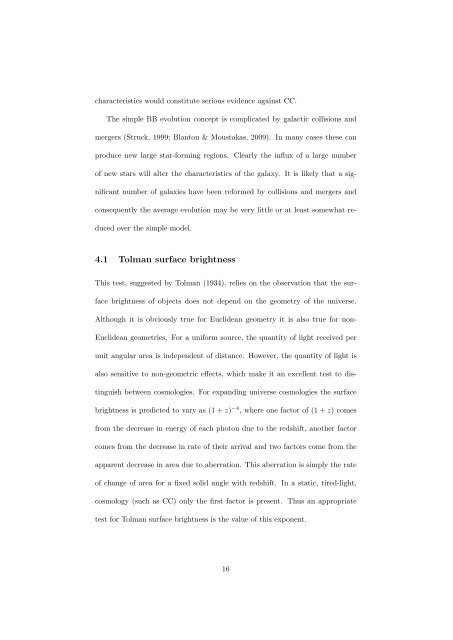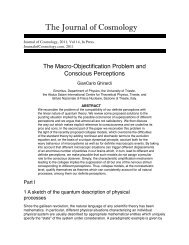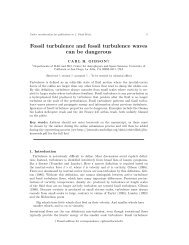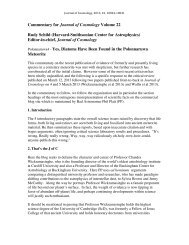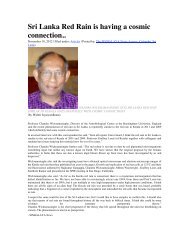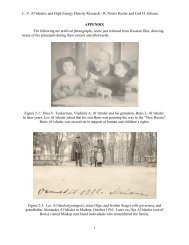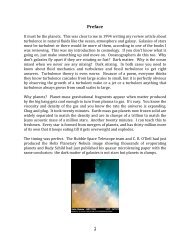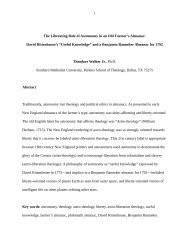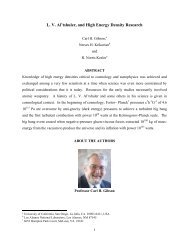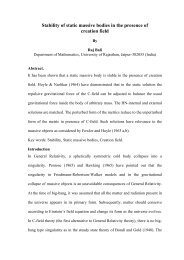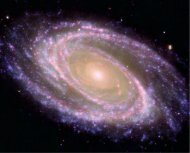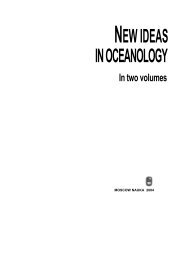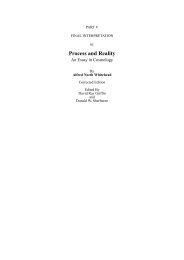Observational Evidence Favors a Static Universe - Journal of ...
Observational Evidence Favors a Static Universe - Journal of ...
Observational Evidence Favors a Static Universe - Journal of ...
You also want an ePaper? Increase the reach of your titles
YUMPU automatically turns print PDFs into web optimized ePapers that Google loves.
characteristics would constitute serious evidence against CC.<br />
The simple BB evolution concept is complicated by galactic collisions and<br />
mergers (Struck, 1999; Blanton & Moustakas, 2009). In many cases these can<br />
produce new large star-forming regions. Clearly the influx <strong>of</strong> a large number<br />
<strong>of</strong> new stars will alter the characteristics <strong>of</strong> the galaxy. It is likely that a sig-<br />
nificant number <strong>of</strong> galaxies have been reformed by collisions and mergers and<br />
consequently the average evolution may be very little or at least somewhat re-<br />
duced over the simple model.<br />
4.1 Tolman surface brightness<br />
This test, suggested by Tolman (1934), relies on the observation that the sur-<br />
face brightness <strong>of</strong> objects does not depend on the geometry <strong>of</strong> the universe.<br />
Although it is obviously true for Euclidean geometry it is also true for non-<br />
Euclidean geometries. For a uniform source, the quantity <strong>of</strong> light received per<br />
unit angular area is independent <strong>of</strong> distance. However, the quantity <strong>of</strong> light is<br />
also sensitive to non-geometric effects, which make it an excellent test to dis-<br />
tinguish between cosmologies. For expanding universe cosmologies the surface<br />
brightness is predicted to vary as (1 + z) −4 , where one factor <strong>of</strong> (1 + z) comes<br />
from the decrease in energy <strong>of</strong> each photon due to the redshift, another factor<br />
comes from the decrease in rate <strong>of</strong> their arrival and two factors come from the<br />
apparent decrease in area due to aberration. This aberration is simply the rate<br />
<strong>of</strong> change <strong>of</strong> area for a fixed solid angle with redshift. In a static, tired-light,<br />
cosmology (such as CC) only the first factor is present. Thus an appropriate<br />
test for Tolman surface brightness is the value <strong>of</strong> this exponent.<br />
16


